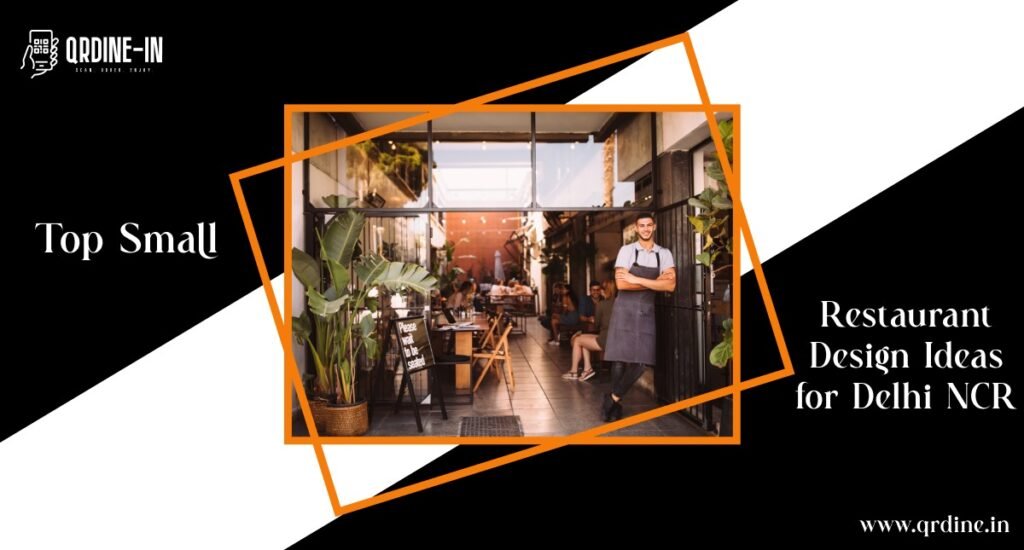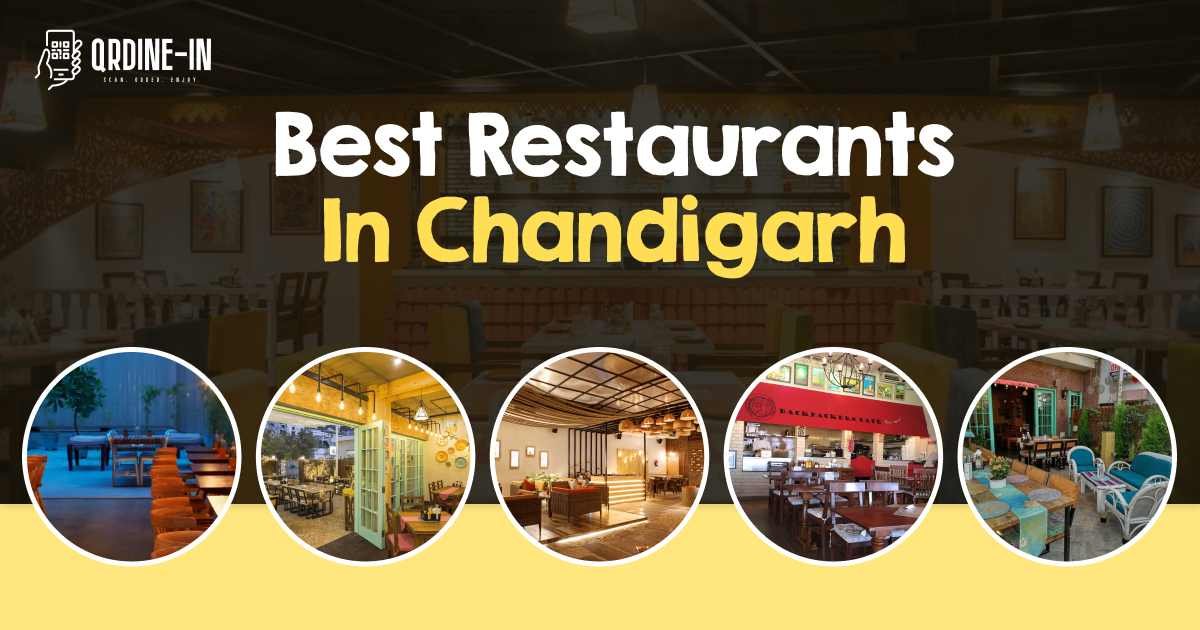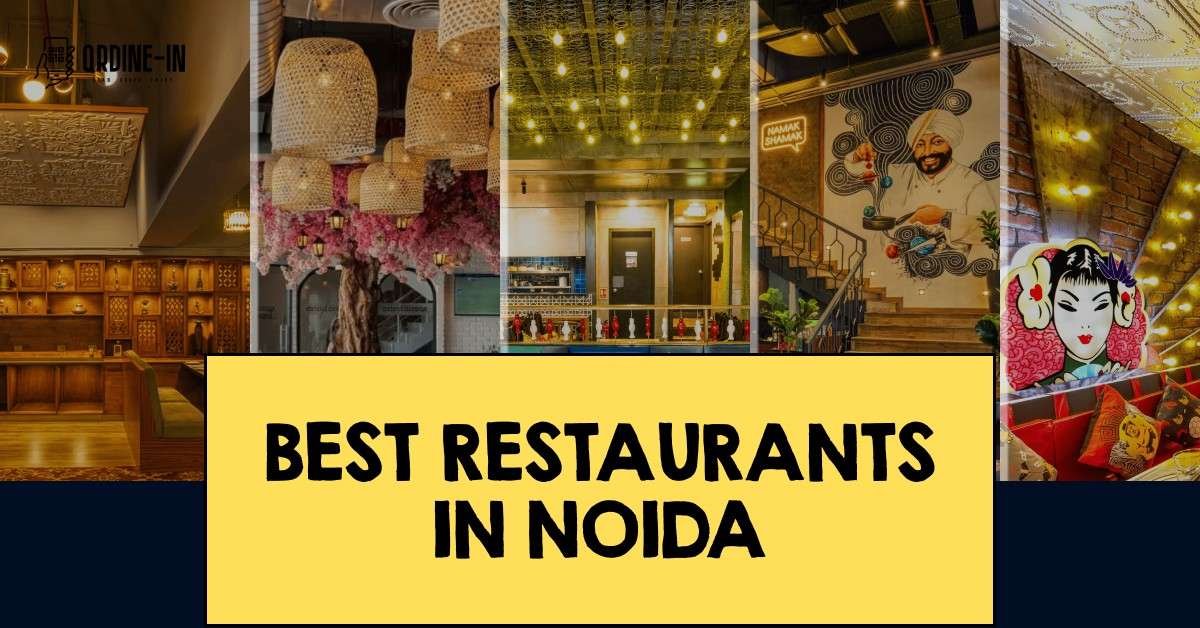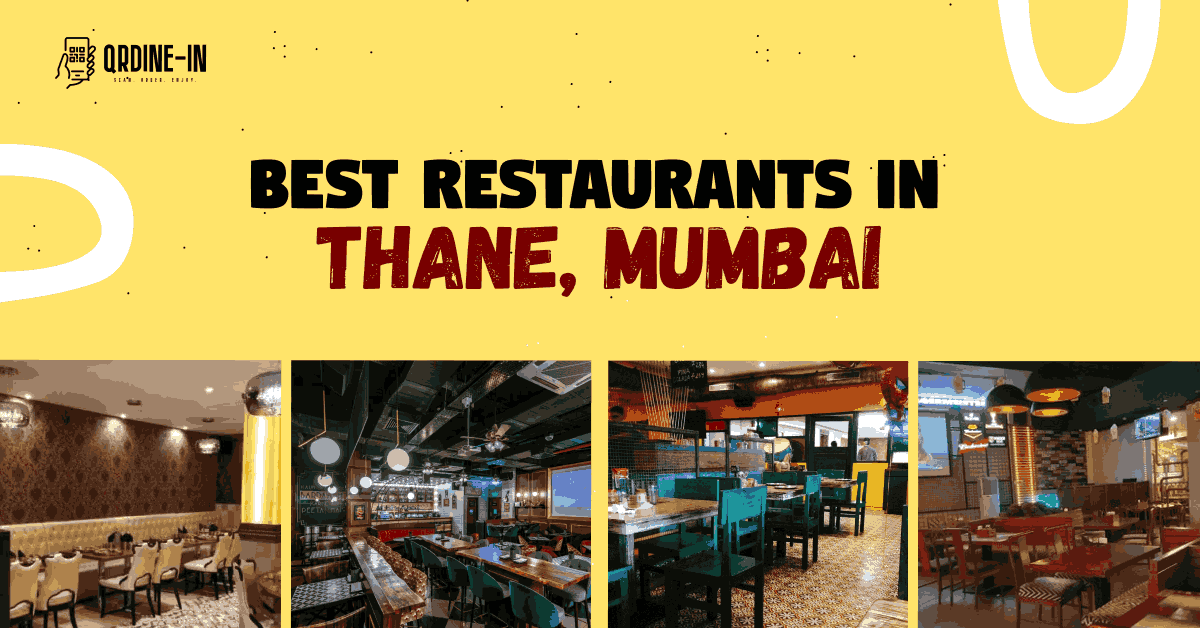
A small restaurant design involves careful consideration of space utilization, ambience, functionality, and aesthetics to create an inviting and efficient dining experience. In this blog, we’ll explore various aspects of small restaurant design, including layout, decor, seating, lighting, and kitchen design, to help you optimize your space and create a memorable dining environment.
Understanding Your Concept and Target Audience
Before diving into the design process, it’s crucial to understand your restaurant’s concept and target audience clearly. Your idea will influence every design aspect, from the layout to the decor and menu. Consider factors such as cuisine type, theme, atmosphere, and price point to ensure consistency in your design choices.
Layout and Space Planning
Maximizing space is essential in small restaurant design. Begin by carefully measuring the available space and creating a floor plan that optimizes flow and functionality. Consider factors such as:
- Seating Arrangement: Choose a seating arrangement that balances capacity with comfort. Options may include booth seating, bar seating, and tables of varying sizes to accommodate different groups.
- Traffic Flow: Ensure clear pathways for staff and customers to move around the restaurant without congestion. Avoid placing tables too close together to maintain a sense of privacy and comfort for diners.
- Kitchen Placement: Efficient kitchen placement is critical for seamless operations. Ideally, the kitchen should be close to the dining area to minimize server travel time and ensure timely food delivery.
Decor and Atmosphere
The decor plays a significant role in shaping the atmosphere and character of your restaurant. Choose a design scheme that reflects your concept and resonates with your target audience. Consider elements such as:
- Colour Palette: Select colours that evoke the desired mood and complement your brand identity. Warm tones like earthy browns and deep reds can create a cosy ambience, while cool tones like blues and greens lend a more contemporary feel.
- Furniture and Fixtures: Invest in furniture and fixtures that are both stylish and functional. Opt for space-saving solutions like stackable chairs and collapsible tables to maximize flexibility in seating arrangements.
- Artwork and Accessories: Incorporate artwork, plants, and other accessories to add personality and visual interest to the space. Consider local art pieces or custom decor elements that reflect the restaurant’s unique identity.
Seating Design
In a small restaurant, seating design is crucial for optimizing space and enhancing the dining experience. Consider the following factors when designing seating arrangements:
- Comfort: Choose seating options that prioritize comfort without sacrificing space efficiency. Cushioned chairs or banquettes with ample padding can encourage guests to linger and enjoy their meals.
- Flexibility: Incorporate a mix of seating options for different group sizes and dining preferences. Offer a combination of intimate two-tops, larger tables for groups, and communal seating for solo diners or casual gatherings.
- Privacy: Strike a balance between openness and confidentiality by strategically placing dividers, plants, or decorative screens to create semi-private dining areas within the space.
Lighting Design
Effective lighting design can enhance the ambience, highlight focal points, and set the mood for your restaurant. Consider the following lighting elements:
- Natural Light: Maximize natural light by incorporating large windows or skylights wherever possible. Natural light creates a warm and inviting atmosphere, making the space feel more spacious and welcoming.
- Task Lighting: Install lighting in critical areas such as the kitchen, bar, and dining tables to ensure adequate illumination for staff and customers. Adjustable lighting fixtures can provide flexibility to accommodate different lighting needs throughout the day.
- Ambient Lighting: Use lighting fixtures like pendant lights, chandeliers, or wall sconces to create a soft and inviting glow. Dimmer switches can allow you to adjust the brightness to suit the time of day or desired ambience.
Kitchen Design
Efficient kitchen design is essential for maximizing productivity and ensuring smooth operations in a small restaurant. Consider the following factors when designing your kitchen layout:
- Workflow: Organize the kitchen layout to minimize steps and optimize workflow for kitchen staff. Place critical stations such as prep areas, cooking stations, and dishwashing areas near streamline the cooking process.
- Equipment Placement: Arrange kitchen equipment strategically to maximize efficiency and minimize wasted space. Consider factors such as ventilation requirements, access to utilities, and ergonomic considerations for staff.
- Storage Solutions: Invest in space-saving storage solutions such as shelving units, wall-mounted racks, and under-counter storage to maximize available space. Keep frequently used ingredients and utensils within easy reach to minimize time spent searching for items.
Accessibility and Compliance
Ensure that your restaurant design complies with accessibility regulations and guidelines to accommodate guests with disabilities. Consider factors such as:
- ADA Compliance: Ensure that your restaurant design meets the requirements of the Americans with Disabilities Act (ADA), including accessible entrances, pathways, seating, and restrooms for guests with mobility impairments.
- Safety Regulations: Comply with local building codes and safety regulations regarding fire exits, emergency lighting, and occupancy limits to ensure the safety of staff and customers.
- Health and Sanitation: Maintain high standards of cleanliness and hygiene by health department regulations. Design features such as easy-to-clean surfaces, durable materials, and adequate ventilation to promote food safety and sanitation.
Branding and Marketing Integration
Integrate branding and marketing elements into your restaurant design to reinforce your brand identity and create a cohesive customer experience. Consider incorporating branding elements such as:
- Logo and Signage: Display your restaurant’s logo on exterior signage, menus, and promotional materials to enhance brand visibility and recognition.
- Thematic Elements: Incorporate thematic elements inspired by your restaurant’s concept or cuisine to create a unique and memorable dining experience. Use custom artwork, decor accents, or branded merchandise to reinforce your brand narrative.
- Social Media Integration: Create opportunities for guests to interact with your brand on social media by incorporating Instagram-worthy photo spots, branded hashtags, or user-generated content displays. Encourage guests to share their dining experiences online to amplify your restaurant’s reach and engagement.
Sustainability and Eco-Friendly Design
Consider incorporating sustainable and eco-friendly design principles into your restaurant design to minimize environmental impact and appeal to environmentally conscious customers.
- Energy-Efficient Lighting: Install energy-efficient lighting fixtures such as LED bulbs or compact fluorescent lamps (CFLs) to reduce energy consumption and lower utility costs.
- Recycled Materials: Use recycled or reclaimed materials such as reclaimed wood, recycled glass, or recycled metal in your restaurant design to minimize waste and conserve natural resources.
- Waste Reduction Strategies: Implement waste reduction strategies such as composting, recycling, or sourcing locally produced ingredients to minimize food waste and support sustainable agriculture practices.
Continuous Improvement and Adaptation
Once your restaurant design is complete and operational, please continue to monitor and evaluate its performance to identify areas for improvement and adaptation. Solicit feedback from customers and staff, track key performance metrics, and remain flexible and responsive to changing trends and customer preferences.
Conclusion
Designing a small restaurant involves a thoughtful approach to create an aesthetically pleasing and functional space. Factors such as layout, decor, seating, lighting, kitchen design, accessibility, branding, sustainability, and continuous improvement play crucial roles. Understanding the concept and target audience guides the design process. Maximizing space utilization and flow, creating a cohesive ambiance, and ensuring comfort and flexibility in seating are key. Efficient kitchen layout and equipment placement are critical for seamless operations.
Frequently Asked Questions (FAQs)
Considerations include:
- Maximizing space efficiency.
- Optimizing traffic flow.
- Ensuring comfortable seating arrangements.
- Strategically locating key areas such as the kitchen and bar for smooth operations.
Utilize multifunctional furniture, such as stackable chairs or collapsible tables, and explore creative storage solutions to maximize space efficiency. Additionally, flexible seating arrangements should be considered, and essential elements of the design should be prioritized.
Use warm and welcoming colours, incorporate comfortable seating options, pay attention to lighting design, and personalize the space with decor accents that reflect the restaurant’s concept and branding.
Efficient workflow, optimal equipment placement, adequate ventilation, and sufficient storage space are crucial for kitchen design in a small restaurant. Prioritize functionality and safety while maximizing available space.
Ensure that the layout provides accessible entrances, pathways, seating, and restrooms in compliance with ADA regulations. Consider factors such as wheelchair accessibility and appropriate signage to accommodate guests with disabilities.







Leave a Reply